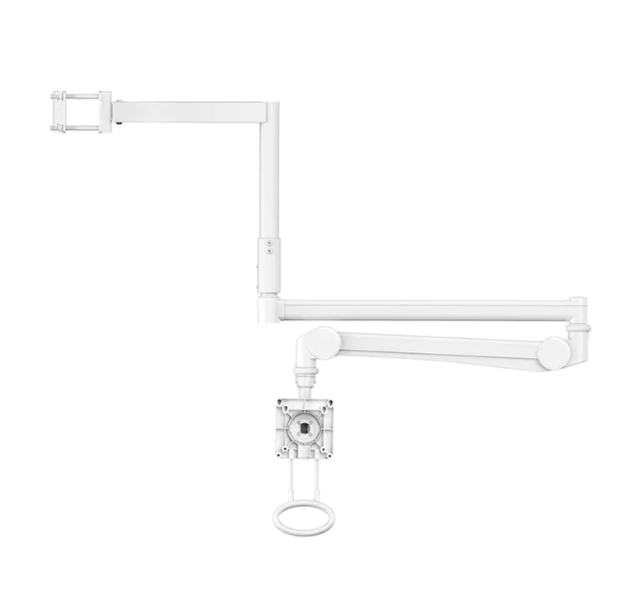Medical monitor arms serve a vital role in promoting functionality and cleanliness in hospitals and clinics. These arms are engineered to hold flat-panel displays used for charting, monitoring, or imaging purposes, and they allow for smooth, controlled movement to accommodate different users and scenarios.
Ergonomics is a central reason behind the adoption of monitor arms in medical environments. Staff often transition between various tasks and positions throughout the day. An arm that can move easily enables users to adjust the screen height, depth, and orientation without interrupting their workflow. This adaptability helps reduce neck, shoulder, and back strain, which are common issues in high-paced environments like emergency rooms or surgical suites.
Medical monitor arms are typically built with stability and hygiene in mind. They feature coated surfaces, enclosed mechanical parts, and minimal crevices, making them easier to clean and disinfect. In settings where infection control is a concern, these attributes are critical.
Some arms also support dual-screen configurations or can carry small devices alongside the monitor. This capability helps consolidate multiple tools into one mounting point, freeing up counter space and reducing room congestion. Integration with mobile carts or ceiling mounts ensures monitors are always within reach without being in the way.
Their design contributes to a safer working environment. By lifting screens off work surfaces, they help prevent accidental spills or equipment damage. Cable guides further improve tidiness, minimizing tripping hazards and improving overall organization.
Ultimately, medical monitor arms are more than just mounting devices; they are a practical solution that aligns technology with clinical workflows, prioritizing safety, efficiency, and user comfort.





